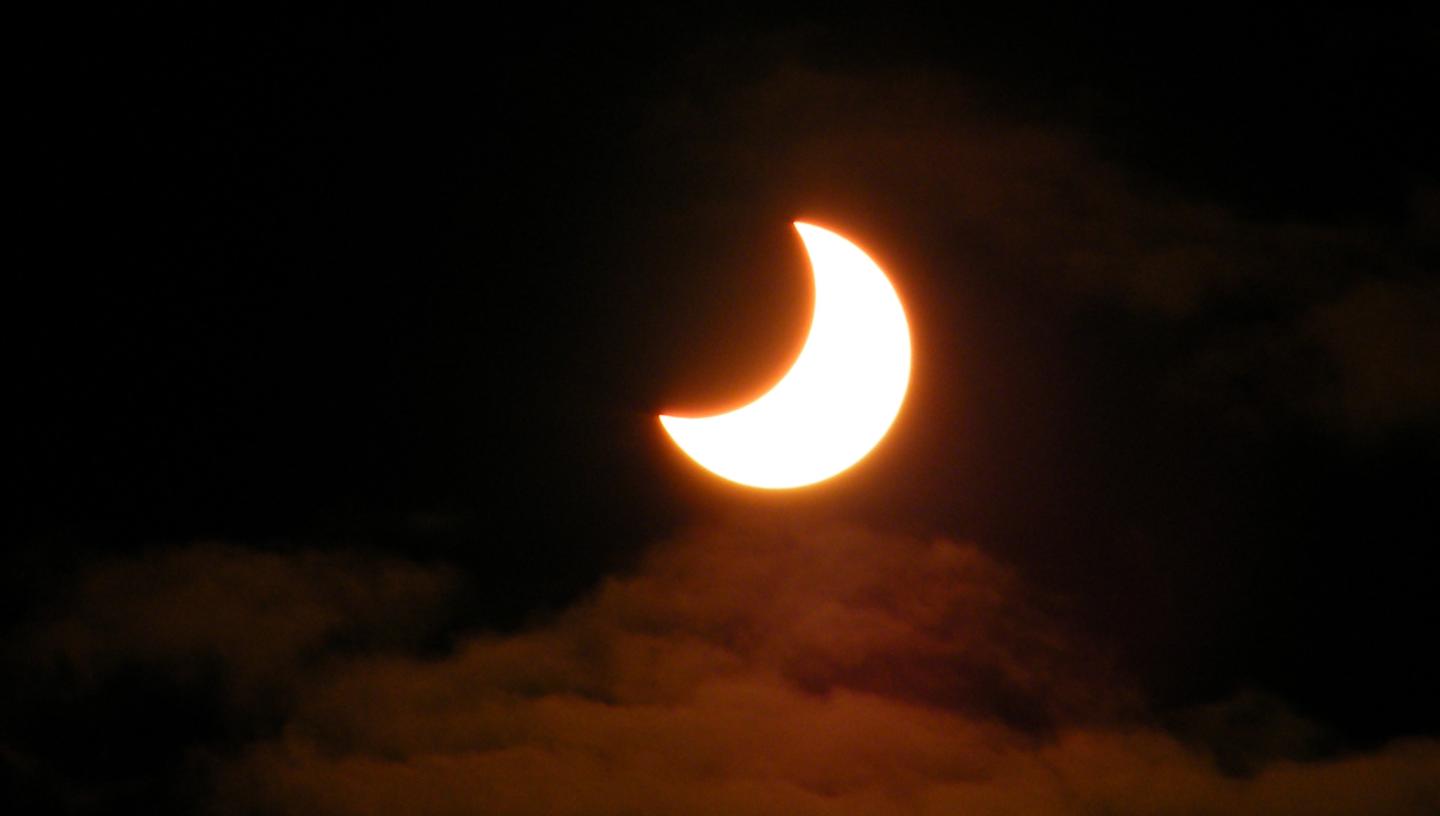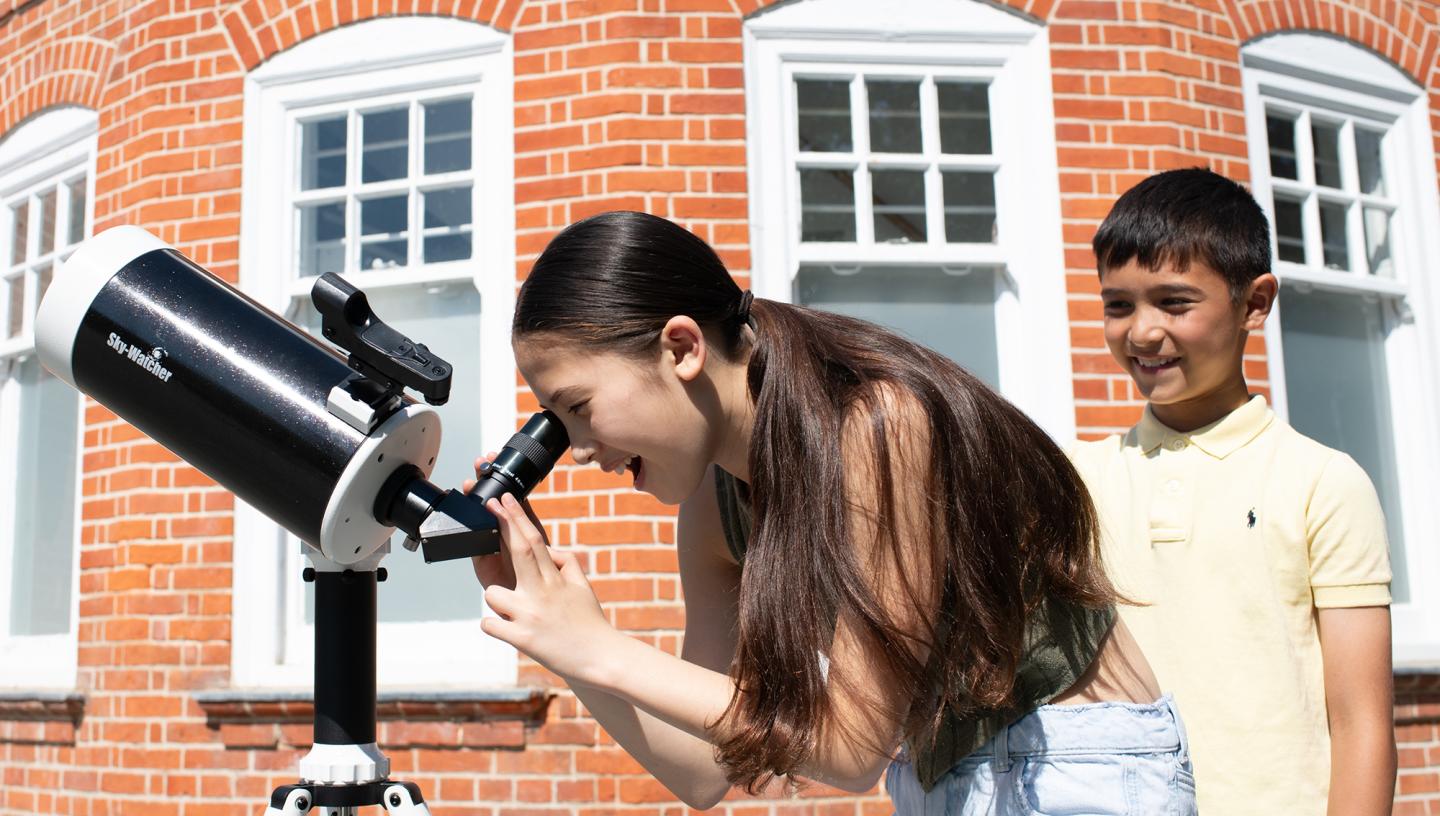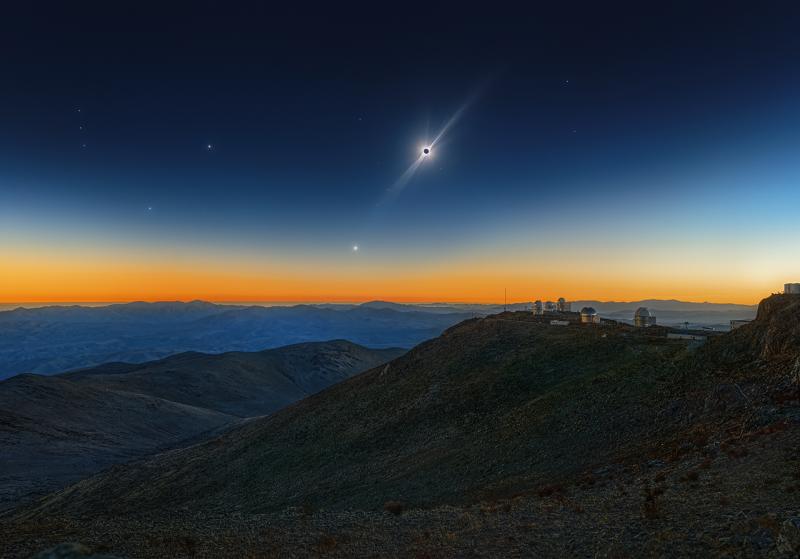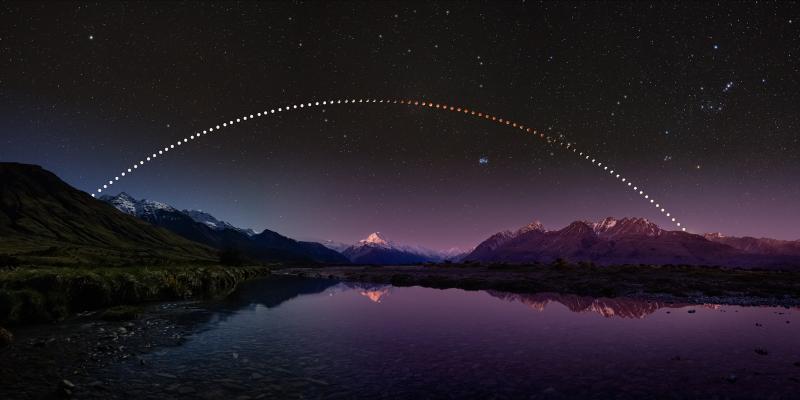
Essential Information
| Type | Events and festivals |
|---|---|
| Location |
Online
|
| Date and Times | Saturday 29 March 2025 | 10am-12pm |
| Prices | Free |
People in the UK could see a partial solar eclipse this Saturday 29 March, with the Moon set to cover up to 40% of the Sun at its peak.
Here at the Royal Observatory Greenwich we’ll be live streaming the eclipse using one of our modern telescopes, giving you a chance to see the special moment safely - weather permitting of course!
Royal Observatory astronomer Dr Greg Brown will talk us through the science of the Sun and solar eclipses, as we wait to see the Moon slide in front of the Sun's surface.
Coverage starts live on YouTube and Facebook from 10am. Set your reminders and get ready to enjoy the solar eclipse with Royal Observatory Greenwich.
The Royal Observatory is part of Royal Museums Greenwich, a charity that relies on your support to maintain our telescopes and preserve our historic buildings. If you enjoy our live shows or want to support our astronomers’ important work, please donate today.
Never miss an eclipse
Sign up to our space newsletter for exclusive astronomy news, guides and events.
When is the next solar eclipse in the UK?
The next UK partial solar eclipse takes place on Saturday 29 March 2025 in the UK, beginning at 10.07am GMT in London and ending at 12pm.
The eclipse will reach its 'maximum' - the moment when the greatest portion of the Sun is hidden - at 11.03am. During this particular eclipse, at the maximum around 30-40% of the Sun will be obscured.
How long does the solar eclipse last?
The partial eclipse will last for around one hour and 53 minutes.
What is a partial solar eclipse?
In the UK this eclipse will be a partial solar eclipse, which means the Sun's light will not be completely blocked.
When is the next total solar eclipse in the UK?
If you want to see a total solar eclipse in the UK, we're afraid you're going to have to wait until the year 2090!
How can I see the solar eclipse?
Warning: never look directly at the Sun. This can cause serious eye damage or even blindness.
We're hoping to bring you the best view of the solar eclipse in the UK.
If you want to try to see the solar eclipse yourself, please remember that you must use adequate eye protection.
- Check if your local astronomical society is hosting a solar eclipse event, as they will have many instruments specifically for solar viewing or telescopes that have been fitted with the right filters.
- If you can’t get out to these events and still want to look at the eclipse directly, you can purchase solar eclipse viewing glasses. Please note that sunglasses or 3D glasses will not protect your eyes.
- The safest and cheapest way to view the event is by pinhole projection. This is extremely safe as there is no need to look directly at the Sun and the display can be shared by a few people together.
- Make a hole in a piece of card.
- Hold the card up to the Sun, and hold a piece of paper behind the card.
- See the shape of the Sun projected onto the paper - a small version of the event!
Discover more with the Royal Observatory

Your support makes this happen
Main image by David Paleino on Flickr, CC BY-SA 2.0



